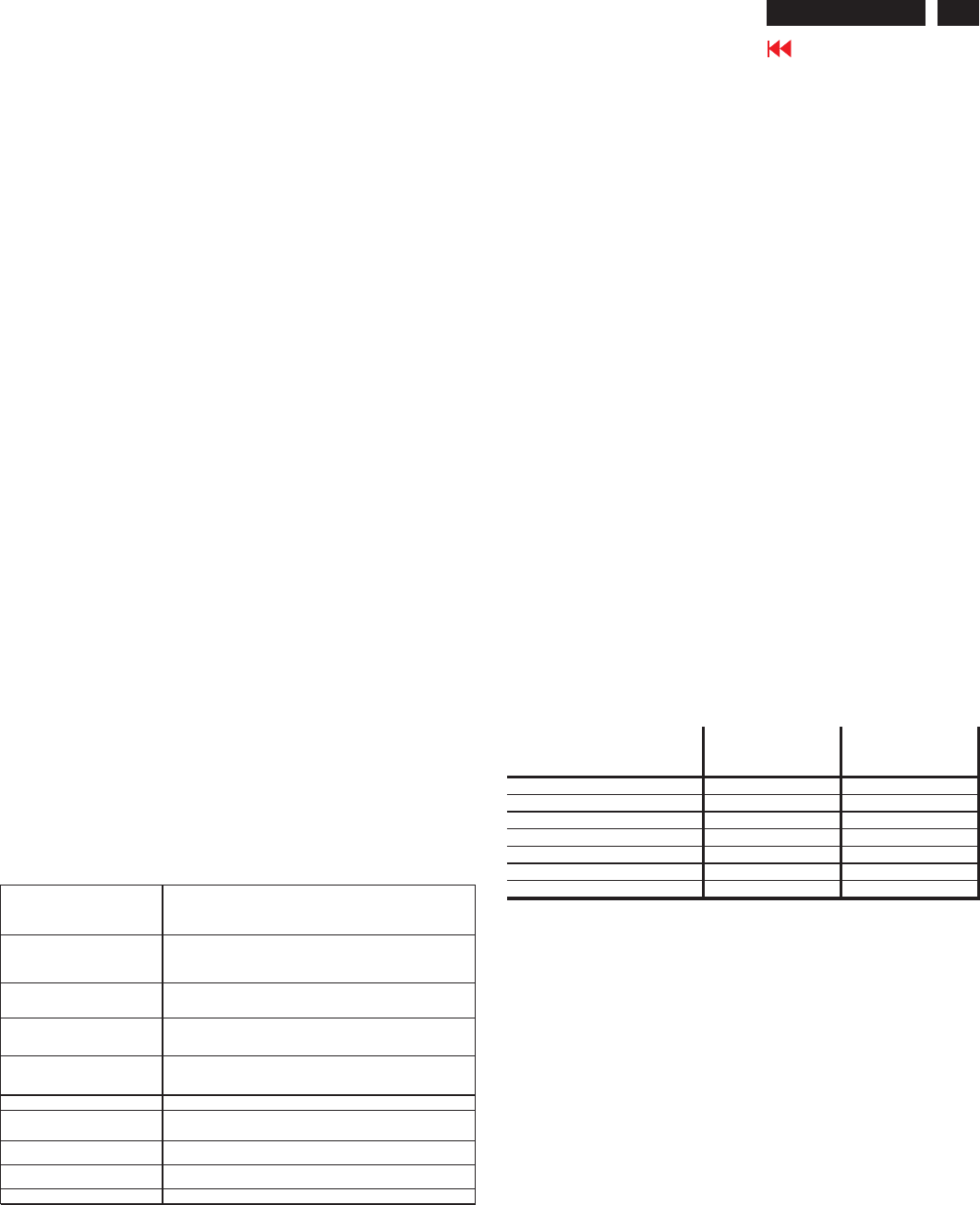
1.4.5.5 Defect Terminology
Table 3 gives the descriptive terms used in classifying
defects.
1.5 Optical Characteristics
Depends on the LCD supplier's spec. Details refer to QA
Inspection Spec.
1.4.5.6 Smudges, Streaks and Smears
When viewing the panel oriented so as to maximize
reflected light , there shall be no visible smudging ,
streaking, smearing or other nonuniformity from
contaminants ,fingerprints,or defects in any of the
visible surfaces. This is independent of whether the
unit is operating or off .
1.4.5.7 Other Defects
Undefined defects that are considered to be
rejectable by Lite–On will be reviewed by Lite-On as
they become apparent. These panels will be referred
to the Lite - On Corporate / Manufacturer Purchasing
Agreement for disposition.
1.4.5.8 LCD Inspection
Put LCD panel on inspection table and illuminate the
panel with a daylight fluorescent lamp located above
the panel surface such that the luminance at the
LCD panel is between 1000 lux and 1500 lux .Defect
limits are given in Table 4 .
1. Product Specification (continued)
1.4.5.2 Display Degradation
Over the life of the product , variation of the parameters
specified in Panel specification shall be maintained
within reasonable limits.The panel must not exhibit any
significant defects while in operation ( excluding the
CCFL operation ).This does not in any way change the
warranty given by the panel manufacturer .
1.4.5.3 Light Leakage
Except for the active display area , there shall be no
light emission visible from any angle from any other part
of the display . For this test , the ambient illumination
must follow panel's specification.
1.4.5.4 Allowable Defects
No cosmetic defects are allowed except those specified
below.The conditions of visual inspections are as follows
For 24W Series.
Viewing distance is to be approximately 35-50cm
Ambient illumination is to be 300 to 700 lux.
Viewing angle shall be at 90 degree.
Defects not apparent within one minute shall be
ignored.
■
■
■
■
Dark/Spots/Lines
Spots or lines that appear dark in the display patterns and are
u su ally th e result of con taminatio n . D e fec ts do n ot v ary in
siz e or inten sity (contrast) wh en c on tra st v o ltag e is v arie d.
Contrast variation can be achieved through the use of varying
gray shade patterns.
Bright Spots / Lines
Spots or lines that appear light in the display patterns.
Defec ts d o n ot vary in siz e o r inten sity (contrast) when
contrast voltage is varied. Contrast variation can be achieved
through the use of varying gray shade patterns.
PolarizerScratch
W h en th e unit ligh ts, lin es a ppe ar ligh t (wh ite) with d isp lay
p atte rn s da rk a nd do not v ary in s ize. Physica l d amage to th e
polarizer that does not dam age the glass
PolarizerDent
W h en th e unit ligh ts, s pots app ear ligh t (wh ite) w ith disp lay
p atte rns dark and d o n o t va ry in s ize . P h ysical dama ge to th e
polarizer that does not dam age the glass.
R u b bing L in e
Horizontal or diagonal lines that appear gray with the display
patterns dark and may have resulted from an “out of control”
ru bbing p ro ce ss on the p olyimid e or “w aves” o n th e B E F s o r
prism sheets.
Newton Ring The “rainbow” effect caused by non-uniform cell thickness.
M ottling
W h en th e unit ligh ts, v ariatio n / n on – uniform ity
(splo tchine ss) app ears lig ht (w h ite) with th e displa y an d
m ight vary in size.
Dim Line
W h en th e unit ligh ts, lin e(s) in th e m o nitor (v ertical) o r ma jor
(h orizon tal) axis a ppe ar dim , but not co mp lete ly o n o r o ff.
CrossLinesOff
W h en th e unit ligh ts, lin es in b oth the m inor an d major axis
do not appear.
Bright/DarkDot Asub–pixel(R,G,Bdot)stuckoff/on(electrical).
Average Diameter smaller of
(L+W)/2 or L/20+2W
Acceptable Number Minimum Separation
< 0.1mm Non countable N / A
0.1 m m ~ 0.3 mm 10 15 mm
0.31 mm ~ 0.5 mm 10 15 mm
0.51 mm ~ 1.25 mm 5 15 mm
1.26 mm ~ 2.5 mm 3 25.4 mm
2.51 mm ~ 3.75 mm 3 25.4 mm
Greater than 3.75 mm NONE Not applicable
Note : Allowable distance between spots of two sizes is the minimum separation
number for the smaller spot. Therefore, if there are two spots, 1.30mm and 0.4mm
in diameter, they must be at least 15mm apart.
7
Go to cover page
ACER G24


















